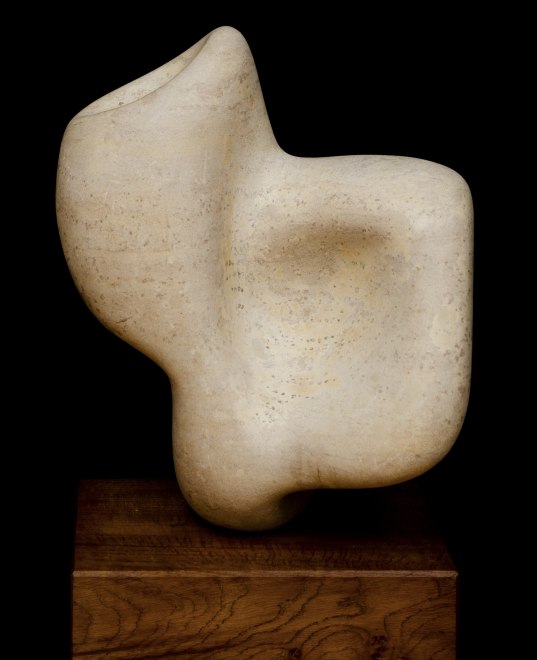Width: 14 inches
Provenance
The Artist's Estate
Note: Born in Leicester in 1902, Berridge attended Goldsmith's College in London, where he graduated in 1924. Initially working under his paternal name of Smith, he later considered his mother's name Berridge to be a more suitable artist's surname.
Having settled on direct carving as a medium and through his career he retained a preference for carving in English stone, using Ancaster, Clipsham and Ketton stone, although he did occasionally work in Horton and Bath stone. He carved directly from the stone and did not use preliminary drawings or models. His style was strongly influenced by nature, resulting in sculptures that show great influence of natural processes and the underlying principles of growth and structure.
Awareness of his work grew in 1953 when Berridge was given a one man exhibition at the Beaux Arts Gallery in London. This exhibition gained much attention and was visited and admired by both Barbara Hepworth and Henry Moore, the latter considering that his work deserved ‘to be represented in the Tate Gallery’. This exhibition was later
reshown in Nottingham in 1954 and was followed by a touring exhibition around the Midlands during 1955.
Through the 1950s Berridge remained in contact with artists such as Moore, Hepworth and Bernard Leach; including some time during this period at Hepworth’s studio in Cornwall.
